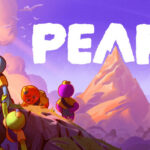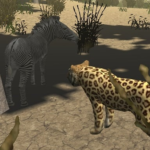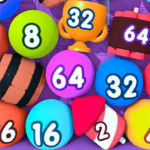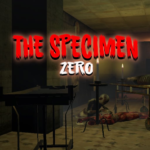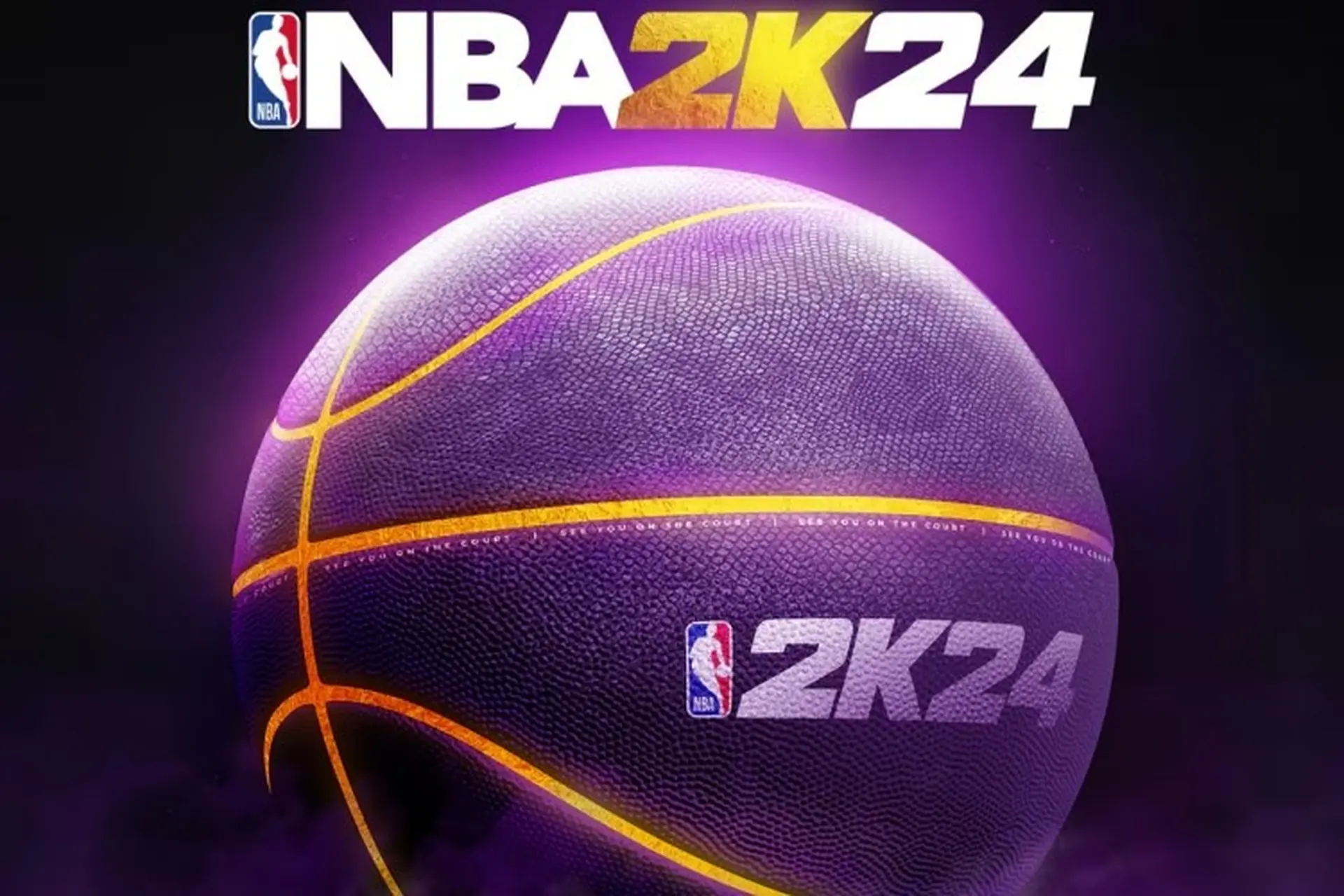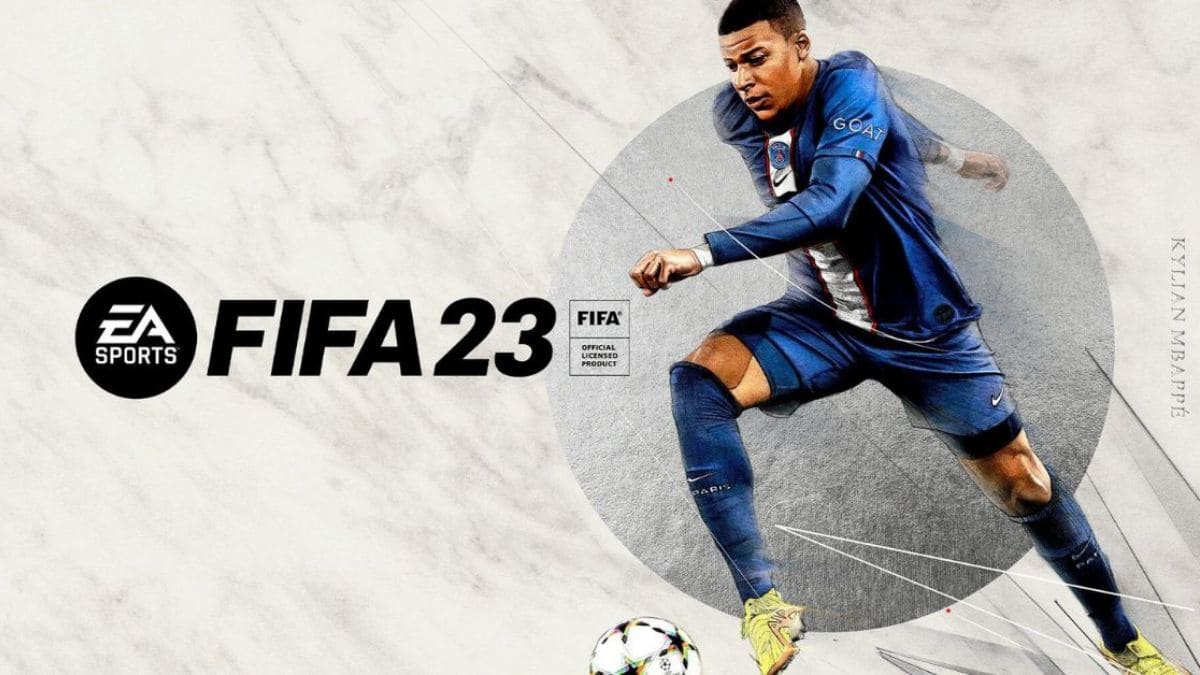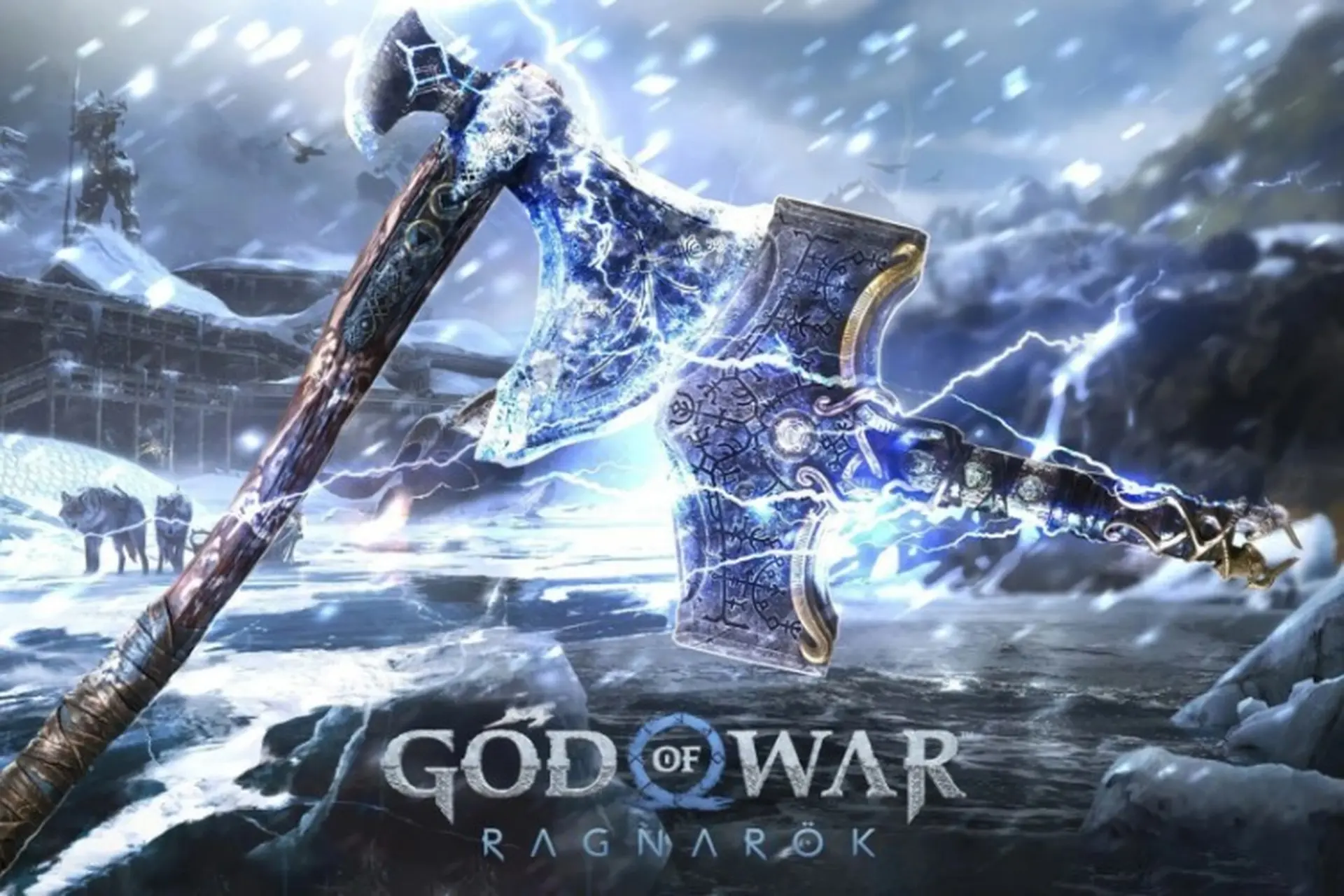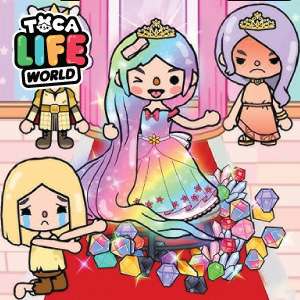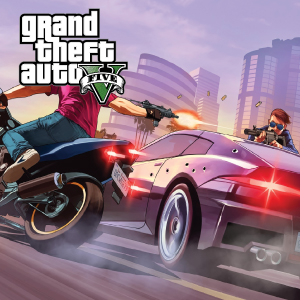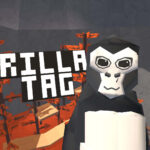Introduction
Few franchises in the video game industry have achieved the legendary status that The Legend of Zelda has maintained since its debut in 1986. Created by Nintendo’s iconic duo—Shigeru Miyamoto and Takashi Tezuka—Zelda combines high fantasy, exploration, puzzle-solving, and emotional storytelling in a way that has captured the imagination of generations of gamers.
From pixelated 8-bit adventures to sprawling open-world masterpieces, The Legend of Zelda has evolved continuously while staying true to its core identity: a silent hero named Link, a powerful princess named Zelda, and the never-ending struggle against the dark lord Ganon. Each title brings new mechanics, art styles, and mythos, forming a tapestry that defines adventure games as we know them.
Birth of a Legend: The NES Era (1986–1987)
The series began on the Nintendo Entertainment System (NES) with the original The Legend of Zelda, a revolutionary title that emphasized non-linear exploration and player discovery. Its sequel, Zelda II: The Adventure of Link, took a more experimental route.
H3: The Original Blueprint
-
Open-world design inspired by Miyamoto’s childhood adventures
-
Players could tackle dungeons in different orders
-
First game to feature battery save on console
H4: The Sequel’s Risky Innovation
-
Mixed side-scrolling and top-down gameplay
-
RPG elements like experience points and magic
Pros:
-
Groundbreaking freedom and puzzle elements
-
Iconic items like the Master Sword and Triforce introduced
Cons:
-
Steep difficulty curve
-
Zelda II’s departure from the formula confused fans
Rating (NES Era): 8.5/10
A Link to Perfection: SNES and Link’s Awakening (1991–1993)
The SNES entry, A Link to the Past, is still revered as one of the finest action-adventure games ever made. It introduced the dual-world mechanic and redefined what the series could be.
H3: Key Innovations
-
Light and Dark World transitions added depth to exploration
-
Enhanced visual and musical fidelity
-
More structured narrative without compromising freedom
H4: Link’s Awakening on Game Boy
-
First handheld Zelda game
-
Dreamlike tone and unconventional characters
-
Showed the series could thrive on portable platforms
Pros:
-
Layered world design and smart dungeon layouts
-
Emotional depth and storytelling progress
Cons:
-
Limited dialogue options
-
Occasionally confusing progression
Rating (16-bit Era): 9.2/10
Entering 3D: Ocarina of Time and Majora’s Mask (1998–2000)
The Legend of Zelda: Ocarina of Time on Nintendo 64 is widely regarded as one of the greatest games of all time. It seamlessly translated Zelda’s mechanics into 3D and introduced innovations that shaped the entire industry.
H3: Ocarina’s Groundbreaking Legacy
-
Z-targeting combat system
-
Expansive 3D world with real-time day/night cycles
-
Memorable characters and emotionally resonant story
H4: Majora’s Mask – The Cult Favorite
-
Built on Ocarina’s engine with a darker, time-loop narrative
-
Introduced the mask system and deep side quests
Pros:
-
Unparalleled innovation in 3D game design
-
Time-based mechanics added urgency and replayability
Cons:
-
Majora’s Mask could be too complex for casual players
-
Some players disliked the time pressure
Rating (N64 Era): 9.7/10
A Windy Change: The GameCube Era (2002–2006)
With The Wind Waker, Nintendo took a bold artistic turn, opting for cel-shaded graphics that initially divided fans but have since aged beautifully.
H3: Wind Waker’s Artistic Brilliance
-
Vast oceanic overworld and sailing mechanics
-
Expressive character animation
-
Deep emotional themes wrapped in childlike visuals
H4: Twilight Princess – A Return to Darkness
-
More realistic graphics and mature themes
-
Wolf transformation mechanic
-
Dual-world system returned
Pros:
-
Both games offered strong narratives and dungeon design
-
Wind Waker’s charm and soundtrack were exceptional
Cons:
-
Sailing could feel repetitive in Wind Waker
-
Twilight Princess had pacing issues early on
Rating (GameCube Era): 8.8/10
Handheld Mastery: DS and 3DS Titles (2007–2013)
Nintendo doubled down on portable entries with innovative touchscreen controls and rich, compact experiences.
H3: Phantom Hourglass and Spirit Tracks
-
Stylus-based controls and puzzle solving
-
Spirit Tracks introduced train mechanics and partner play with Zelda
H4: A Link Between Worlds (3DS)
-
Spiritual successor to A Link to the Past
-
Wall-merging mechanic introduced vertical depth
-
Non-linear dungeon order returned
Pros:
-
Fresh control schemes
-
Clever use of hardware features like the DS mic and dual screens
Cons:
-
Touch controls weren’t for everyone
-
Repetition in central dungeon designs
Rating (Handheld Era): 8.3/10
Skyward Sword and Motion Controls (2011)
Skyward Sword attempted to blend Wii MotionPlus controls with cinematic storytelling and dungeon innovation.
H3: A Divisive Experiment
-
First fully orchestrated soundtrack in Zelda
-
Swordplay mimicked real-life motions
-
Prequel to the entire Zelda timeline
H4: Strengths and Weaknesses
-
Strong characterization of Zelda
-
Some dungeons and bosses were franchise-best
-
Frequent handholding frustrated veterans
Pros:
-
Cinematic storytelling and polished world-building
-
Unique take on origin myth
Cons:
-
Motion controls could be imprecise
-
Pacing suffered due to backtracking
Rating (Skyward Sword): 7.9/10
Breath of the Wild: Redefining Open-World Games (2017)
The Legend of Zelda: Breath of the Wild broke nearly every convention of the franchise and emerged as one of the most critically acclaimed games in history.
H3: Reinventing the Formula
-
Non-linear, physics-based world
-
Shrines replaced traditional dungeons
-
Weapon durability and survival elements
H4: A True Sandbox
-
Explore in any direction with little guidance
-
Environmental puzzles, cooking, and paragliding became iconic
-
Players forged their own stories
Pros:
-
Immense freedom and creativity
-
Beautiful art direction and soundtrack
Cons:
-
Lack of traditional dungeons and memorable bosses
-
Weapons broke too easily
Rating (Breath of the Wild): 9.8/10
Tears of the Kingdom: Building on a Masterpiece (2023)
The sequel to Breath of the Wild, Tears of the Kingdom, expanded upon its predecessor by introducing underground realms, sky islands, and item fusion mechanics.
H3: New Mechanics and Depth
-
Fuse weapons and vehicles from environment parts
-
Zonai technology added narrative intrigue
-
Multiple vertical layers enriched exploration
H4: Narrative and Pacing
-
Darker themes explored
-
Greater emphasis on Zelda’s role
Pros:
-
Innovative sandbox mechanics
-
More structured storytelling than its predecessor
Cons:
-
Minor performance hiccups on Switch
-
Some quests felt repetitive
Rating (Tears of the Kingdom): 9.5/10
Cultural Impact and Legacy
Zelda has influenced not only games, but pop culture, music, and storytelling as a whole. It’s referenced in academia, documentaries, and fan creations around the world.
H3: Beyond Gaming
-
The “Zelda Formula” used in many action-adventure titles
-
Iconic soundtrack performed by orchestras globally
-
Cosplay, speedrunning, and fan fiction remain active scenes
H4: Awards and Recognition
-
Ocarina of Time and Breath of the Wild consistently rank as the greatest games of all time
-
Guinness World Records for sales and influence
Pros:
-
Timeless design and cross-generational appeal
-
Universal themes of courage, wisdom, and power
Cons:
-
Occasional missteps with hardware gimmicks
-
Franchise timeline can be confusing
Rating (Cultural Legacy): 10/10
Modern Enhancements and the Future of Zelda
As Nintendo looks ahead, fans await the next mainline entry and possible remakes (e.g., Oracle of Ages/Seasons, Wind Waker HD for Switch).
H3: What’s Next?
-
Rumors of a cinematic adaptation in the works
-
Potential for more co-op or open-world evolution
-
Switch 2 may redefine Zelda technically
H4: Desires from the Community
-
More dungeons in future games
-
Refined combat and magic systems
Pros:
-
Bright future with endless design possibilities
-
Nintendo’s polish and creativity never cease
Cons:
-
Long development cycles
-
High expectations can stifle experimentation
Rating (Outlook and Future Potential): 9.3/10
Pros and Cons Summary
Pros
-
Deeply emotional, timeless stories
-
Constant innovation in gameplay
-
Iconic music, characters, and items
-
Massive influence on the entire gaming industry
-
Broad appeal across ages and generations
Cons
-
Timeline and continuity can be confusing
-
Some entries overuse hardware gimmicks
-
Occasional pacing and repetition issues
Conclusion
The Legend of Zelda is not merely a series—it’s a landmark in entertainment history. From humble 8-bit beginnings to genre-redefining open-world adventures, Zelda games have consistently pushed the boundaries of what video games can achieve. Whether you're wielding the Master Sword for the first time or returning to Hyrule after decades, the magic remains as potent as ever.
Few franchises can match Zelda’s blend of innovation, emotional resonance, and sheer craftsmanship. It’s a celebration of exploration, courage, and the enduring belief that even the quietest hero can change the world.
Final Expert Rating: 9.6/10 — A near-perfect blend of innovation, narrative, and design that continues to shape the landscape of gaming.














